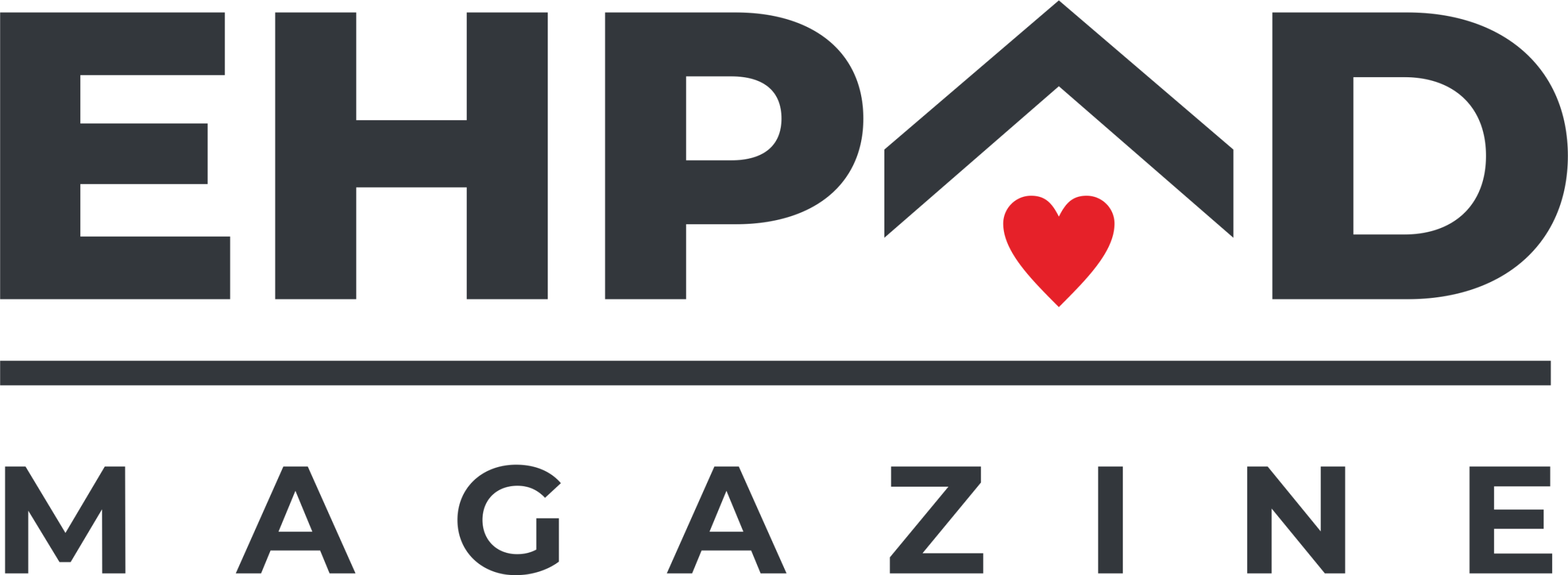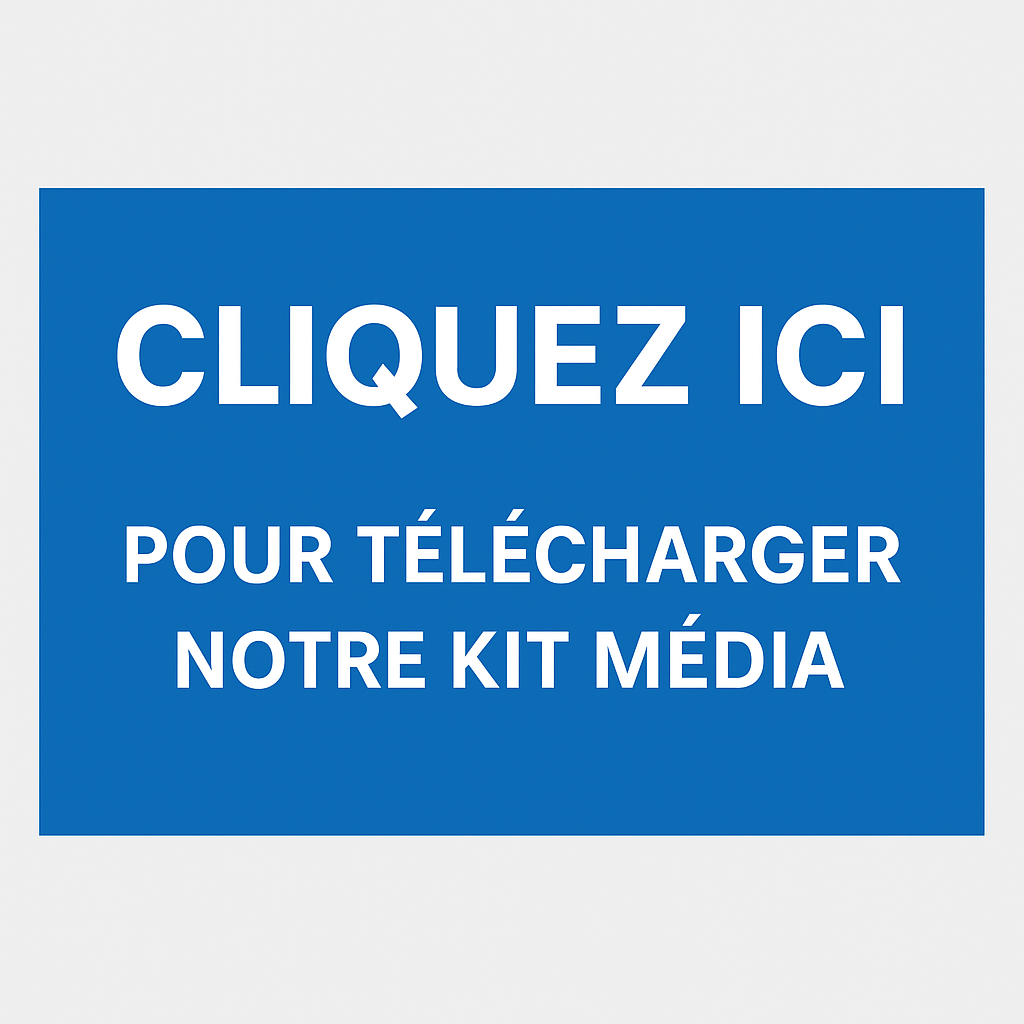🚨 Major Tax Reform Alert: What Every Nursing Home Investor Needs to Know
The French real estate investment landscape is experiencing a seismic shift as the 2025 Finance Bill (PLF 2025) introduces groundbreaking changes to the LMNP (Loueur Meublé Non Professionnel) taxation regime. For nursing home investors who have long relied on the attractive depreciation benefits of LMNP status, these reforms represent both challenges and opportunities that demand immediate attention. 🎯
The cornerstone of this reform lies in the reintegration of depreciation into capital gains calculations – a change that fundamentally alters the investment equation for EHPAD (nursing home) properties across France and beyond. As we navigate through August 2025, investors are grappling with the implications of legislation that has already been adopted by Parliament, marking the end of an era for one of France’s most advantageous real estate investment structures. 💼
📈 Understanding the LMNP Revolution: From Tax Haven to Reality Check
For years, the LMNP status has been the golden ticket for nursing home investors, offering unparalleled tax advantages that made French EHPAD investments particularly attractive to both domestic and international investors. The system allowed property owners to:
- 🏗️ Deduct annual depreciation from taxable rental income
- 💰 Significantly reduce tax liability on rental revenues
- 🎁 Benefit from capital gains exemptions without depreciation recapture
- 🌍 Attract international investment through favorable tax treatment
The 2025 Finance Bill fundamentally disrupts this model by requiring that all previously deducted depreciation be subtracted from the property’s initial purchase price when calculating capital gains upon sale. This means that the tax benefits enjoyed during the ownership period will now be « recaptured » through higher capital gains taxation. 📊
According to recent analysis, this change affects the entire €15 billion French nursing home investment market, with particular impact on properties purchased under LMNP status since 2009. The reform applies a 19% capital gains tax rate plus 17.2% social security contributions to the revised taxable amount, potentially increasing total tax liability by 25-40% for short-term investors. 💸
🎯 Market Impact Analysis: Winners, Losers, and Strategic Adaptations
🔴 Most Affected: Short-Term Investors
Investors who typically hold nursing home properties for 5-10 years face the most significant impact from this reform. These investors, often institutional funds or private equity groups, relied heavily on the combination of rental income tax benefits and capital appreciation without depreciation recapture. 📉
Consider a typical scenario: An investor who purchased a €500,000 nursing home unit in 2020 and claimed €50,000 in depreciation over five years would previously face capital gains tax only on the difference between sale price and original purchase price. Under the new regime, the €50,000 depreciation reduces the cost basis to €450,000, potentially increasing taxable capital gains by €50,000 – resulting in approximately €18,100 additional tax liability. 💰
🟢 Least Affected: Long-Term Hold Strategies
Investors planning to hold properties for 22+ years benefit from progressive capital gains tax exemptions that significantly mitigate the reform’s impact:
- 🕐 After 22 years: Complete exemption from capital gains tax
- 🕕 After 30 years: Additional exemption from social security contributions
- 🏠 Primary residence conversion: Potential exemption after 5+ years of personal use
🌍 International Perspective: European and Global Implications
The French reforms are part of a broader European trend toward harmonizing real estate investment taxation. Similar measures are being considered in Germany, Belgium, and the Netherlands, where nursing home investments have attracted significant international capital. 🇪🇺
For US investors in French nursing homes, the changes create additional complexity when combined with US tax obligations. The depreciation recapture may not align with US tax treatment, potentially creating double taxation scenarios that require careful planning with international tax advisors. 🇺🇸
In emerging markets, particularly in Eastern Europe and Asia, the French reforms are being closely watched as governments seek to balance investment attraction with housing policy objectives. Countries like Poland and Czech Republic, which have seen increased nursing home investment, may implement similar measures. 🌏
💡 Strategic Adaptation: Five Key Investment Approaches
1. 🏗️ Professional Status Transition (LMP)
High-volume investors may benefit from transitioning to Professional Furnished Rental (LMP) status, which offers:
- 📊 Business expense deductions against total income
- 🎯 Capital gains exemptions after 5+ years of professional activity
- 💼 Enhanced depreciation strategies through business structure
2. 🏢 Corporate Structure Optimization (SCI under IS)
Establishing a Real Estate Investment Company (SCI) taxed under corporate tax (IS) provides:
- 🔄 Continued depreciation benefits at corporate level
- 📈 Flexible profit distribution strategies
- 🌐 International tax planning opportunities
3. 🎯 Portfolio Diversification Strategy
Smart investors are diversifying across multiple asset classes:
- 🏥 Direct nursing home ownership (reduced allocation)
- 🏢 Healthcare REITs (SCPI) for liquidity
- 🌍 International nursing home markets (Germany, Belgium)
- 🏠 Unfurnished rental properties for tax efficiency
4. ⏰ Timing Optimization
Strategic timing considerations include:
- 📅 Accelerated sales before full implementation
- 🔄 1031-style exchanges to defer gains
- ⏳ Extended hold periods to benefit from exemptions
5. 🌐 Geographic Arbitrage
Exploring alternative markets with favorable tax treatment:
- 🇩🇪 Germany: Stable nursing home market with different tax structure
- 🇧🇪 Belgium: Growing senior housing sector
- 🇺🇸 United States: Opportunity Zones and depreciation benefits
📊 Market Data and Investment Yields: Current Landscape
Recent market analysis reveals significant shifts in nursing home investment yields across different regions:
🇫🇷 France (Post-Reform Impact)
- 📈 Gross yields: 4.2-5.8% (down from 5.5-6.5% pre-reform)
- 🏥 Occupancy rates: 83.1% (Q2 2025, up 0.5% YoY)
- 💰 Average investment: €85,000-€150,000 per unit
🇪🇺 European Comparison
- 🇩🇪 Germany: 3.8-4.5% yields, 89% occupancy
- 🇧🇪 Belgium: 4.1-4.8% yields, 91% occupancy
- 🇳🇱 Netherlands: 3.5-4.2% yields, 94% occupancy
⚠️ Risk Assessment: What Investors Must Monitor
The reformed landscape introduces several risk factors that require careful monitoring:
🔍 Immediate Risks (2025-2026)
- 📉 Market liquidity reduction as investors delay sales
- 💸 Increased transaction costs due to higher tax liability
- 🏃♂️ Accelerated market exits creating pricing pressure
📈 Medium-Term Considerations (2027-2030)
- 🏗️ Reduced new investment in LMNP nursing homes
- 🔄 Market structure evolution toward institutional ownership
- 🌍 International capital reallocation to other markets
🎯 Long-Term Implications (2030+)
- 🏥 Supply constraints in nursing home development
- 📊 Yield compression due to reduced investor base
- 🏛️ Potential policy reversals if market distortions emerge
🎯 Actionable Investment Checklist for 2025
Before making any nursing home investment decisions in the current environment, investors should complete this comprehensive checklist:
📋 Pre-Investment Analysis
- ✅ Calculate total cost of ownership including new tax implications
- ✅ Model multiple exit scenarios (5, 10, 15, 22+ year holds)
- ✅ Assess operator financial stability and lease terms
- ✅ Evaluate alternative investment structures (LMP, SCI, international)
- ✅ Review existing portfolio for optimization opportunities
🔍 Due Diligence Enhancement
- ✅ Verify occupancy rate trends and demographic projections
- ✅ Analyze local competition and market saturation
- ✅ Assess regulatory compliance and quality standards
- ✅ Evaluate lease escalation clauses and inflation protection
💼 Professional Advisory Team
- ✅ Engage specialized tax advisor familiar with 2025 reforms
- ✅ Consult international tax expert for cross-border implications
- ✅ Work with healthcare real estate specialist for market insights
- ✅ Coordinate with estate planning attorney for succession strategies
🔮 Future Outlook: Navigating the New Normal
As we progress through 2025, the nursing home investment landscape is undergoing fundamental transformation. The LMNP tax reform represents more than a simple policy change – it signals a broader shift toward sustainable, long-term investment strategies in the healthcare real estate sector. 🌟
Successful investors will be those who adapt quickly to the new reality, embracing diversified approaches that balance tax efficiency with operational excellence. The focus is shifting from pure tax optimization to fundamental value creation through superior property selection, operator partnerships, and market positioning. 🎯
For international investors, the French reforms create both challenges and opportunities. While the immediate tax benefits may be reduced, the underlying demographic trends – aging populations, increasing care needs, and limited supply – remain powerful drivers of long-term value creation in the nursing home sector. 📈
🎯 Conclusion: Strategic Positioning for Success
The 2025 French Finance Bill marks a watershed moment for nursing home investments, fundamentally altering the risk-return profile of LMNP strategies. While short-term investors face increased tax burdens, the reforms create opportunities for sophisticated investors who can adapt their strategies to the new environment. 💡
The key to success lies in comprehensive planning that considers not just tax implications, but also operational performance, market dynamics, and long-term demographic trends. Investors who embrace this holistic approach will find that nursing home investments remain attractive, albeit with different risk-return characteristics than in the past. 🏆
As the market adjusts to these changes throughout 2025 and beyond, we expect to see increased consolidation, improved operational standards, and enhanced focus on resident outcomes – all positive developments for the long-term sustainability of the sector. 🌟
Ready to navigate the new nursing home investment landscape? The team at EHPAD INVEST provides comprehensive analysis and strategic guidance to help investors optimize their portfolios in light of the 2025 tax reforms. Our expertise spans domestic and international markets, ensuring you have access to the best opportunities regardless of regulatory changes. 🤝
📞 Contact us today for a personalized consultation and discover how to maximize your nursing home investment returns in the post-reform environment. Visit www.ehpad-invest.fr for more information and expert insights. 🌐


